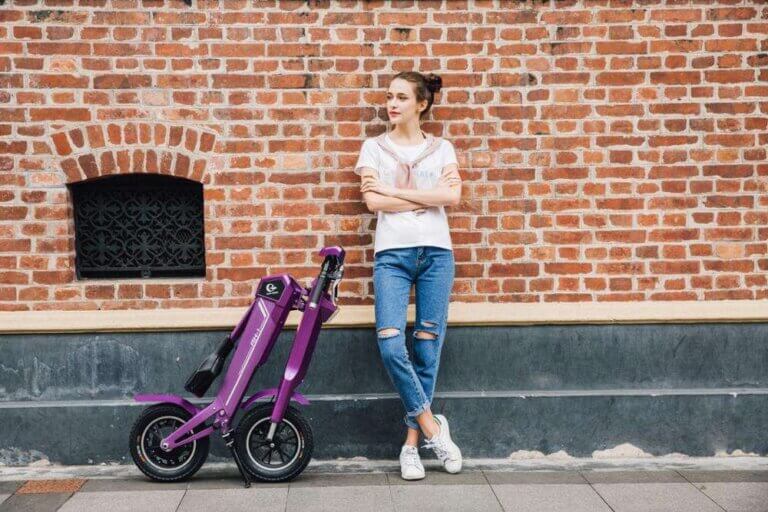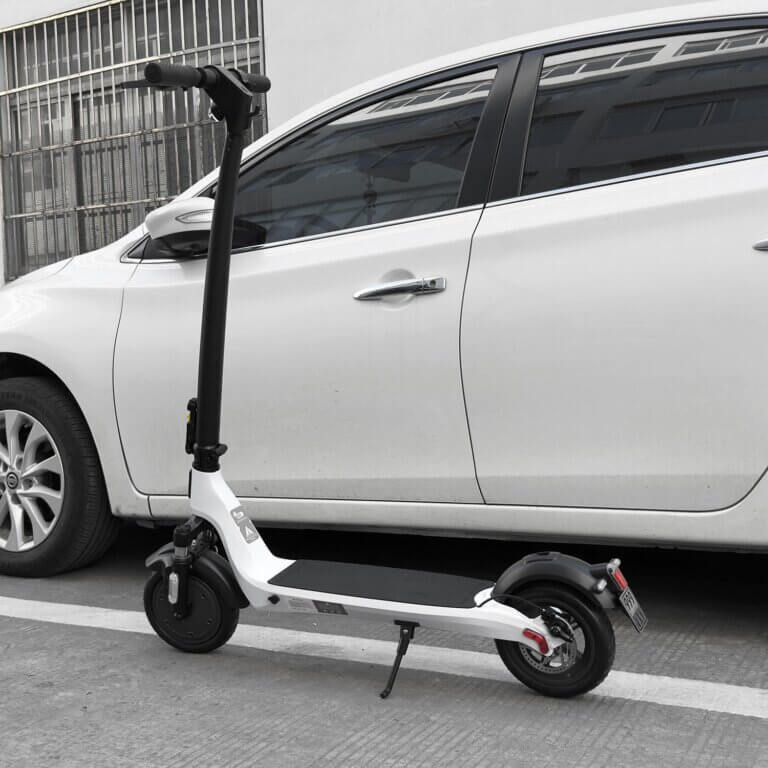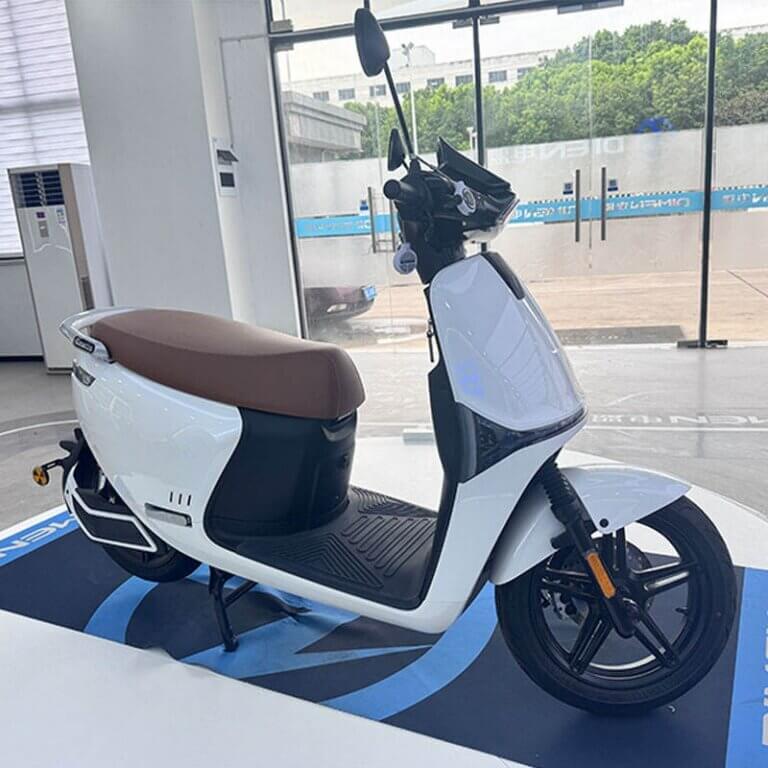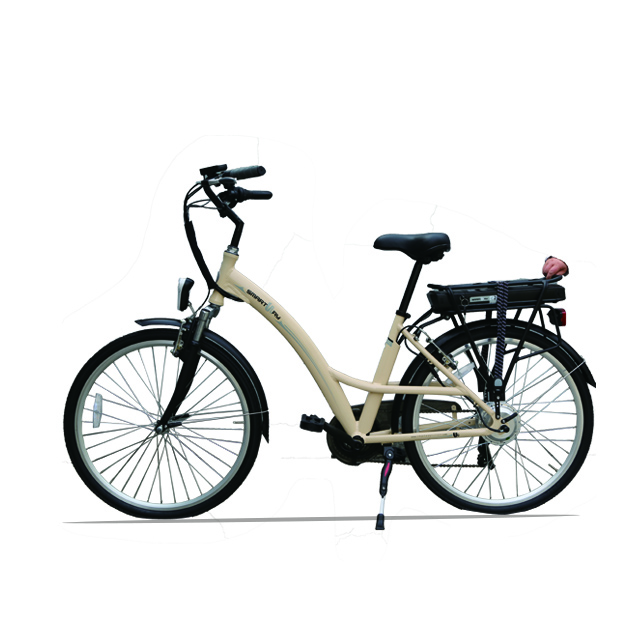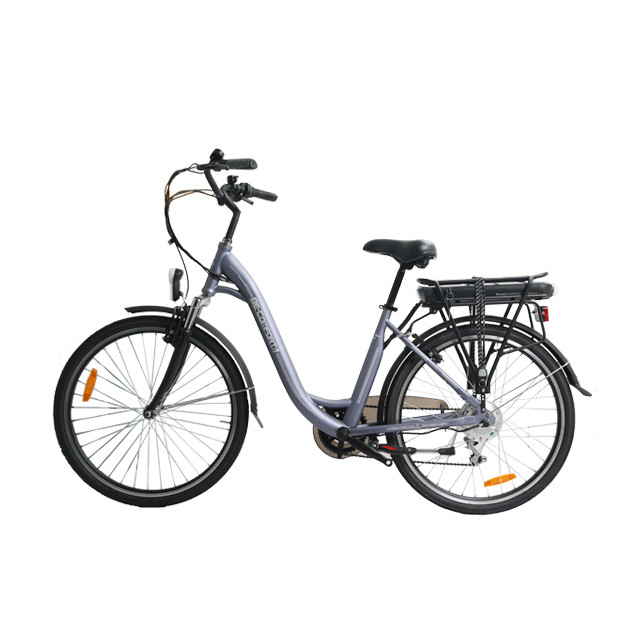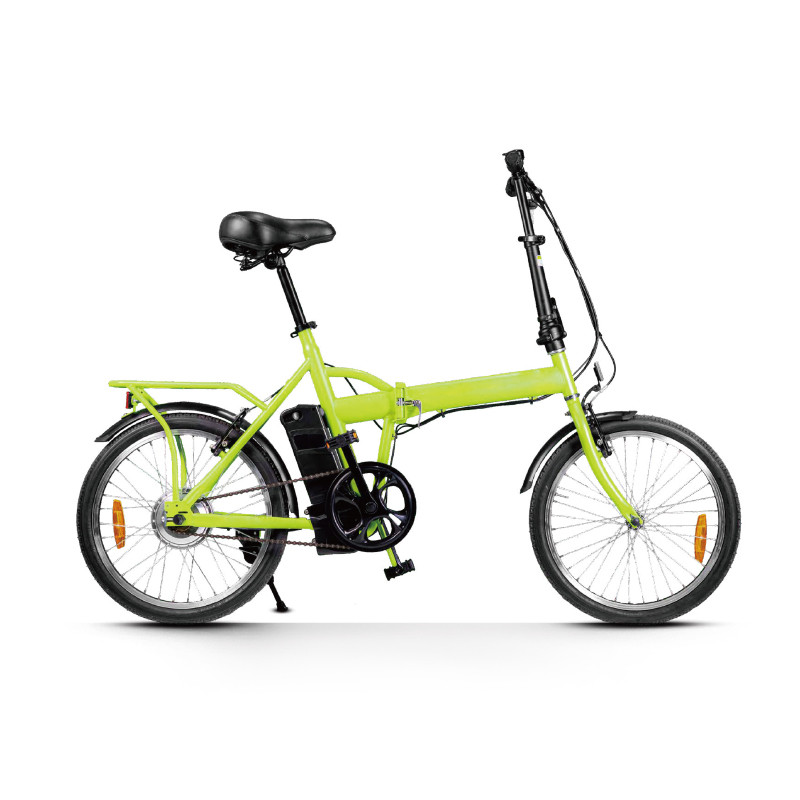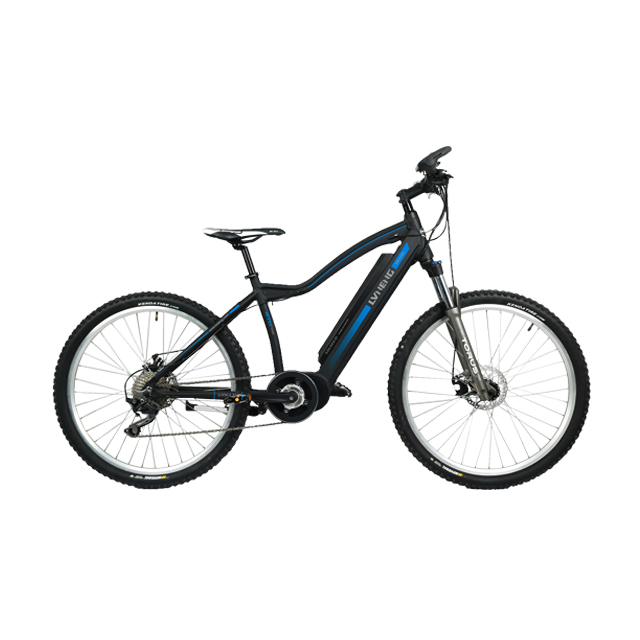-
414 Block B, ZT Times Plaza, Wuhan, Hubei, China
Blog
Sharing Scooter Solution For Startups
A practical, talk-straight playbook for founders who want a sharing scooter business that actually runs, not just looks good in a deck.
Sharing Scooter business model: hardware + IoT + ops (the real stack)
Scooter sharing isn’t just “buy scooters and make an app.” It’s a three-layer stack: durable vehicles, connected IoT, and tight operations. Miss one, churn and burn. Nail all three, you get higher fleet uptime and fewer angry emails.
- Hardware: shared-grade frames, swappable batteries, water-proof cabling, anti-tamper screws.
- IoT: GNSS/GPS + BLE + eSIM, remote lock/unlock, firmware OTA, geofencing, lock-to parking.
- Ops: rebalancing, battery swaps, field repairs, SLAs, photo-based end-ride checks.
If you’re starting lean, lean on ready-for-sharing vehicles. EZBKE’s Sharing Scooter line gives you models designed for fleets, not just weekend cruising.
White-label sharing software for scooters (launch fast, fix later)
Yes, you can build from scratch, but why bleed months on maps, payments, device drivers, fraud rules, and ops tooling. Start with white-label / SaaS to ship in weeks, validate the city, then iterate your secret sauce. Make sure it covers:
- Real-time vehicle telemetry
- Zone rules (slow-zones, no-ride, no-parking)
- Wallets + coupons + KYC
- Ops app for swaps/repairs/rebalance
- API hooks for your data warehouse
It ain’t fancy at day one, it ships. That’s the point.
Geofencing and lock-to parking compliance (city rules = your moat)
Most cities now expect geofenced parking, lock-to, curb management, and data-sharing. Treat compliance like product: hard requirements, not “we’ll do later.” Build trust with screenshots, heatmaps, and service-level receipts. Operators who keep sidewalks clean get more permits and fewer fines. Simple.
Rebalancing and battery swapping operations (where margin hides)
Ops is the gritty part: moving scooters from cold zones to hot zones, swapping batteries before morning peaks, and doing preventive maintenance so failures don’t strand riders. Create “golden hours” playbooks (pre-8am, lunch rush, late evening), route plans for swap teams, and a lightweight triage flow (fix in field vs bring to depot). Small habits, big effect.
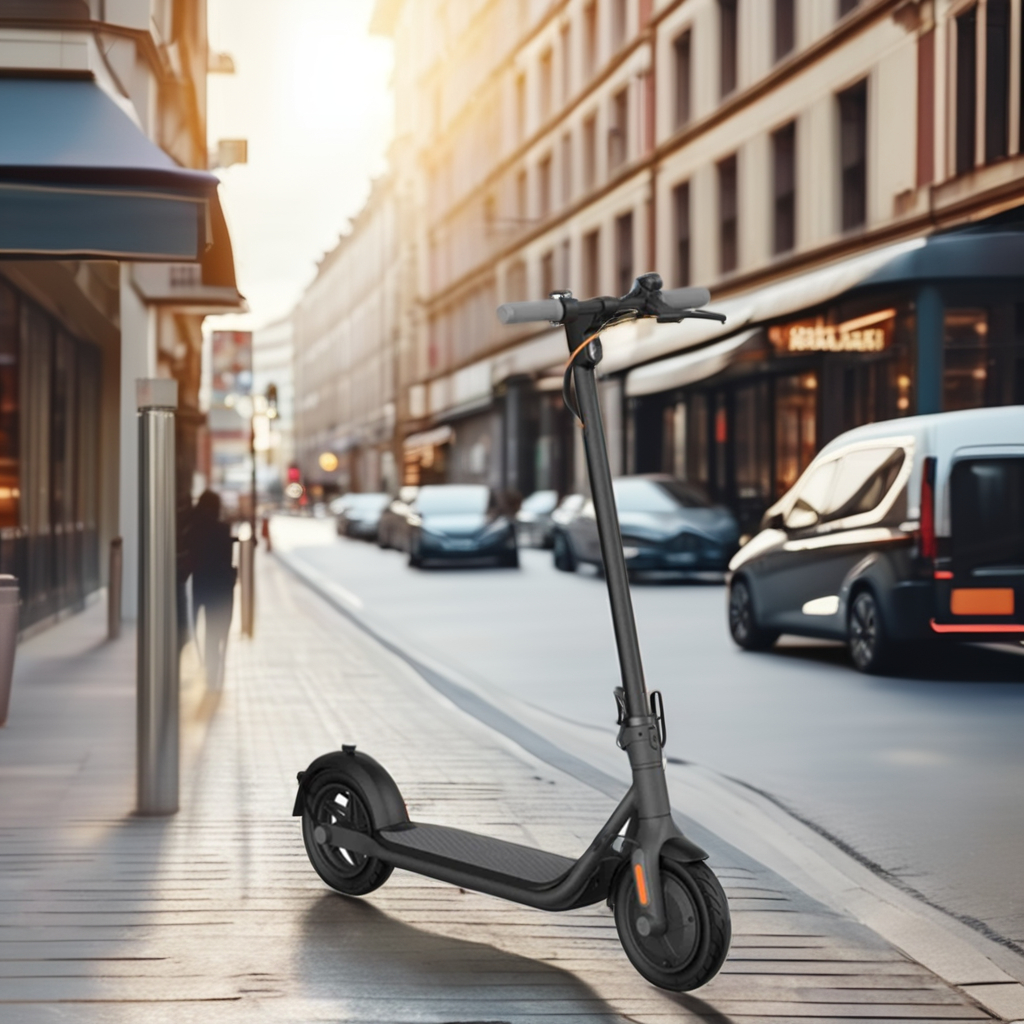
Franchise vs in-house operations (choose your speed)
Two viable paths:
- In-house: you control quality end-to-end; great if you’ve got local muscle and ops DNA.
- Franchise / partner model: faster market entry, shared CAPEX/OPEX, but you must lock SLAs and brand standards.
Pick per city. Don’t copy-paste blindly—what works on a campus might flop in a beach town.
First/last-mile mobility and accessibility (win the “why now”)
Scooter sharing shines as first/last-mile between transit and final destinations. Add fair-pricing and off-peak incentives to reach shift workers and students. Program ideas that cities like:
- Low-income plans and community passes
- “Ride to transit” discounts
- Helmet hubs at campuses and events
- Safety campaigns with local NGOs
This isn’t charity; it’s demand shaping and permit armor.
Startup path: Sharing Scooter solutions mapped to EZBKE models
| Scenario (go-to-market) | Vehicle pick (EZBKE) | Why this fit | Notes |
|---|---|---|---|
| Campus / corporate park pilot | Best foldable electric scooter for commute – Super S | Foldable frame simplifies indoor parking and quick fleet audits | Lower top speed zones, strong BLE lock helpful indoors |
| Mixed city fleet (tourist + commuter) | FS Pro mobility electric motor scooter for adults | Shared-grade chassis, robust deck, stable steering for daily abuse | Pair with swappable battery carts; photo end-ride required |
| Residential districts / satellite towns | S1 foldable electric scooter for adults 300 lbs | Higher load tolerance, comfy ride for longer hops | Great for hillier routes; set torque limits in slow zones |
Tip: validate in one micro-market first (e.g., university + two metro stops). Don’t boil the ocean, it boils back.
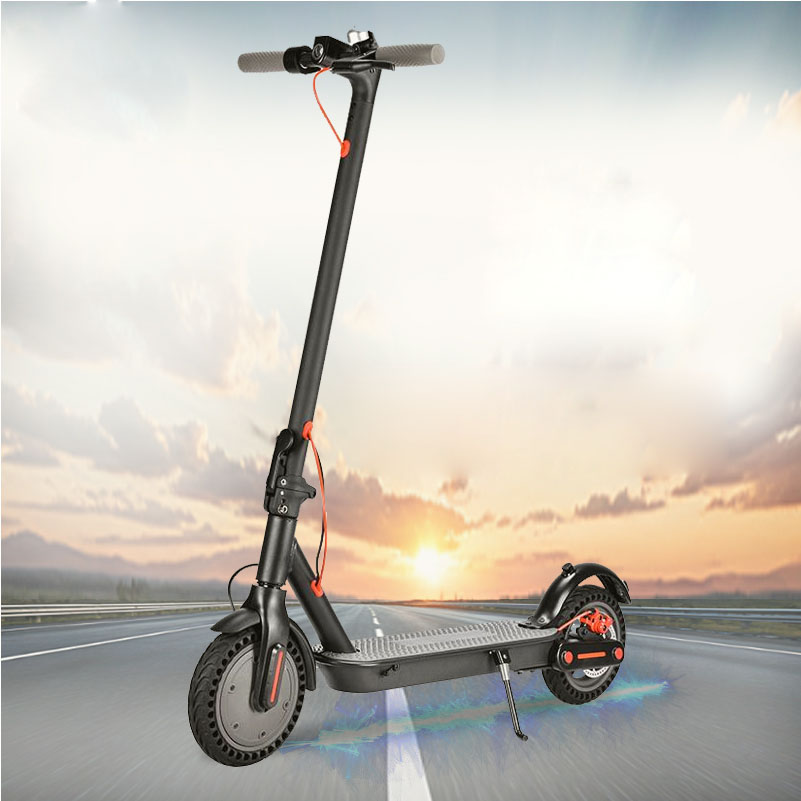
Operational levers for unit economics (no exact numbers, just levers)
| Lever | What to do | Signal it’s working |
|---|---|---|
| Vehicle lifetime | Shared-grade frames, water-proofing, anti-tamper IoT | Fewer roadside rescues; depot backlog shrinks |
| Utilization | Heatmap rebalancing, commuter corridors, time-of-day pricing | More rides per vehicle in peak windows |
| Swap efficiency | Batch battery swaps, route clustering, shelf-charging | Shorter swap cycle time; fewer “dead-at-8am” |
| Parking discipline | Lock-to, designated corrals, end-ride photo checks | Lower complaints; permit happy |
| Safety & trust | Speed caps in zones, new-rider tutorials, in-app nudges | Higher session length, better ratings |
| Data & city reporting | Automated feeds, monthly scorecards | Less friction in renewals and expansions |
Real-world use cases (short, messy, true)
- Urban M (example): launched a 150-vehicle campus + downtown connector. They set a strict 7–9am swap window, locked parking to five hubs, and used heatmaps to seed afternoon peaks. Not perfect—first week had over-zealous slow zones—but complaints dropped quick, and city partners said “keep going.”
- Seaside town: rides spike on weekends, crash on rainy weekdays. They solved with weekend surge fleets and weekday maintenance sprints. Simple playbook, way less idle.
- Business park: employees hated long walks from transit. With lock-to stands at three gates and employer credits, scooter share became a perk. HR liked it, city liked it, riders… obviously liked it.
(Yes, names scrubbed; the patterns are repeatable.)
Product requirements checklist for a Sharing Scooter fleet
- Shared-grade scooter with swappable battery and IP-rated cabling
- IoT brain: GNSS/GPS + BLE + eSIM, remote lock/unlock, OTA firmware
- Geofencing: slow/no-ride/no-park zones, parking corrals, lock-to logic
- Rider app with wallets, passes, coupons, and KYC
- Field ops app: tickets, QR check-in, photo flow, parts inventory
- Analytics: heatmaps, ride funnels, incident tracking, export APIs
- Compliance: data-sharing, curb policy, insurance docs, safety comms
Cross-check your shortlist against the EZBKE lineup:
- Foldable commuter base: Super S
- Heavy-duty shared frame: FS Pro
- High-capacity rider segment: S1
- Full category view: Sharing Scooter
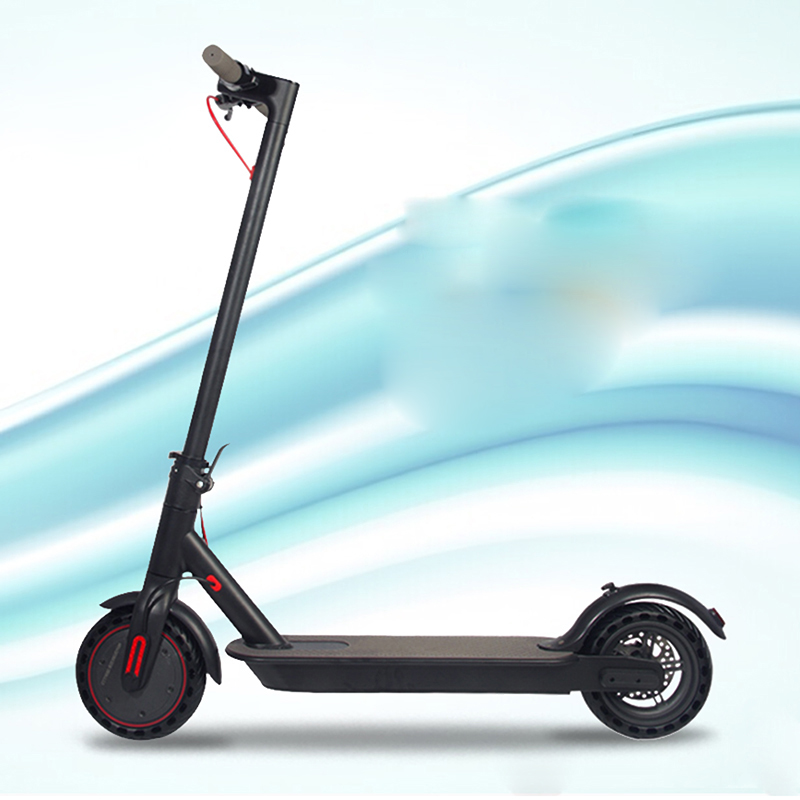
Fleet durability and total cost mindset (don’t over-optimize day one)
Don’t chase the perfect BOM on week one. Prioritize reliable parts and easy maintenance: standardized screws, modular stem, quick-swap brake sets, and battery carts your crew can actually push. Fewer SKUs = faster repairs. A little “boring” up front makes the whole machine hum later. Kinda obvious, but folks skip it.
Rider experience and retention (earn the second ride)
Riders come back when the scooter is where they need it, starts fast, and ends clean. Do the basics:
- Fast unlock (BLE wakes quick), no dead boots
- Stable ride (tires, stem, brakes checked)
- Clean UI: one tap to start, clear price, clear zone rules
- Predictable parking: corrals near doors, simple photo flow
Add occasional “return to hub” credits to seed corrals without staff. Light gamification helps, not too much.
OEM/ODM and customization (brand, safety, and serviceability)
As you scale, branding and maintainability matter. With OEM/ODM support, you can lock your spec: deck material, lighting, weld reinforcements, fenders, wire routing, battery interface. EZBKE (15Y plant, ISO-cert) can co-design fixtures and QA routines so field failures don’t spike when you 5× the fleet. Don’t over-decorate; make techs happy first.
Quick start plan (90-day, no fluff)
- City & site: pick one micro-market (transit + campus). Book meetings, map zones.
- Fleet spec: choose FS Pro or S1 for heavy use; add Super S for foldable hubs.
- Software: white-label MVP with geofencing, wallet, ops app.
- Ops ritual: daily swaps, weekly PM (preventive maintenance), monthly QA.
- Compliance kit: lock-to, photo checks, data feed, safety comms.
- Pricing & passes: commuter pass + off-peak credit; small LMI plan.
- Review: ride heatmaps + curb compliance; tune zones; scale to next district.
You don’t need to be perfect. You need to be present, reliable, and respectful to the street. Do that, and the sharing scooter business starts to compund—slow at first, then kinda quick.




